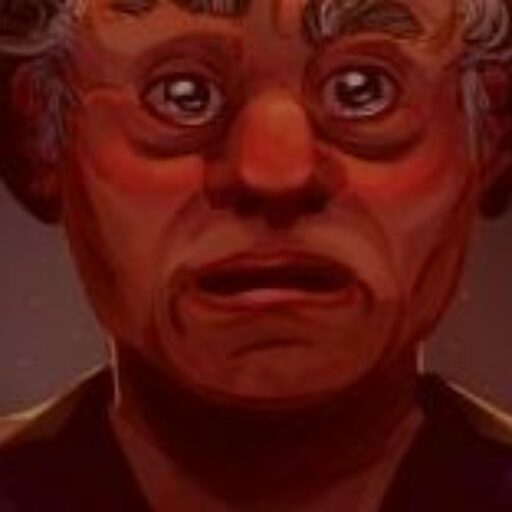“From Desperation to Innovation: How Instant Ramen Became a Lifeline in a World on the Edge of Starvation”
Ando’s invention first hit the market on August 25, 1958 under the brand name “Chikin Ramen.” Ironically, while today instant ramen is often one of the cheapest foods available, at the time it was considered something of a luxury item, with a single packet costing 35 yen – six times more than a bowl of fresh ramen. Consequently, sales were initially slow to take off. Thankfully, Ando proved himself a savvy businessman, and thanks to a series of clever marketing campaigns sales of Nissin products skyrocketed, with the company selling 13 million packages in its first year. This number quickly grew to 200 million servings in 1963 and 3.5 billion in 1968, making instant ramen one of Japan’s most ubiquitous and beloved foods almost overnight.
By the mid-1960s, however, market saturation caused Nissin’s sales in Japan to plateau, and Ando set his sights on a new market: the United States. With Japanese dishes like Sukiyaki all the rage in the U.S, Ando figured that instant ramen would be as big a hit with Americans as it was with the Japanese. His intuition proved correct, but it was on a business trip to the United States in 1966 that Ando made a fateful observation. Instead of preparing instant ramen in a pot and serving it in a bowl like the Japanese, Americans crumbled the noodles into Styrofoam coffee cups and poured hot water over them.
Inspired by this alternative preparation method, on his return to Japan Ando developed a brand-new product: Cup Noodles, in which the instant noodles were pre-packaged in a paper – later styrofoam – cup, combining the functions of cooking vessel and serving bowl into one conveniently portable package. Further innovations included the addition of dehydrated vegetables to the soup stock mix and a peel-away foil lid inspired by a container of nuts Ando had eaten on a trans-pacific flight. Wanting to make the product appear cosmopolitan and modern, Ando hired Otaka Takeshi – who created the logo for the 1970 Osaka World’s Fair – to design the packaging, which featured large English words in a bold psychedelic font and gold bands inspired by expensive dinner plates.
Nissin Cup Noodles launched in 1971, and just like Chikin Noodles they were initially seen as a pricey luxury item. Furthermore, their intended function clashed with Japanese culture, which saw eating while walking as rude. But ever the savvy salesman, Ando decided to market Cup Noodles directly to Japan’s novelty-minded youth, setting up public tasting events in Tokyo’s fashionable Giza shopping district. The most successful of these, held on November 21, 1971, succeeded in selling more than 20,000 noodle cups in only four hours.
In a further stroke of genius, the event was held directly across from Japan’s first McDonald’s restaurant, helping to cement in the public’s mind the association between cup noodles and western cosmopolitanism. Building on this momentum, Nissin later introduced cup noodle vending machines – among the first of their kind in Japan – that automatically added water to the cups, making the product even more convenient for people on the go.
And in a dramatic example of there being no such thing as bad publicity, in 1972 Nissin received unexpected national exposure thanks to the Asama Sanso Incident, in which members of the left-wing United Red Army broke into a holiday lodge below Mount Asama and held the wife of the lodge keeper hostage for nine days. News footage of the incident prominently showed police officers eating cup noodles in order to stay warm, further promoting the product as a convenient and delicious meal for busy people.
Cup Noodles proved even more popular than Chikin Noodles, completely surpassing the older product’s sales by 1989. Today, cup noodles outsell packaged noodles in Japan by more than twofold.
Indeed, so influential are cup noodles that they completely changed Japanese dining culture. As the product is difficult to eat with chopsticks while walking, Ando decided to change the way people ate and packaged each cup with a small plastic fork.
Like Chikin Noodles, Cup Noodles proved spectacularly popular in the United States, the country that inspired their creation. Nissin opened its first overseas factory in Lancaster, Pennsylvania, in 1973, and today Americans consume over 4.5 billion servings of instant ramen every year. Since its debut in 1958, instant ramen has spread to nearly every corner of the globe, with 103 billion servings being consumed annually. The largest single market is China, which consumes over 40 billion servings per year, followed by Indonesia at 12 billion, India at 6 billion, Japan and 5.7 billion, and Vietnam at 5.2 billion. In 2000 poll, Japan voted instant ramen the country’s top invention of the 20th Century, beating out traditional heavyweights like miniaturized electronics and Toyota cars.
The secret to instant ramen’s global appeal lies partly in its extreme adaptability, for it can be made in near-limitless flavours and combined with local ingredients to suit nearly any palate. It can even be adapted to be eaten in outer space. In 2005, Nissin developed a special instant ramen package for Japanese astronaut Soichi Noguchi’s mission aboard the Space Shuttle Discovery. Dubbed “Space Ram”, the meal combined a compressed ball of noodles with a special thickened broth that would not break up and float away in microgravity.

















